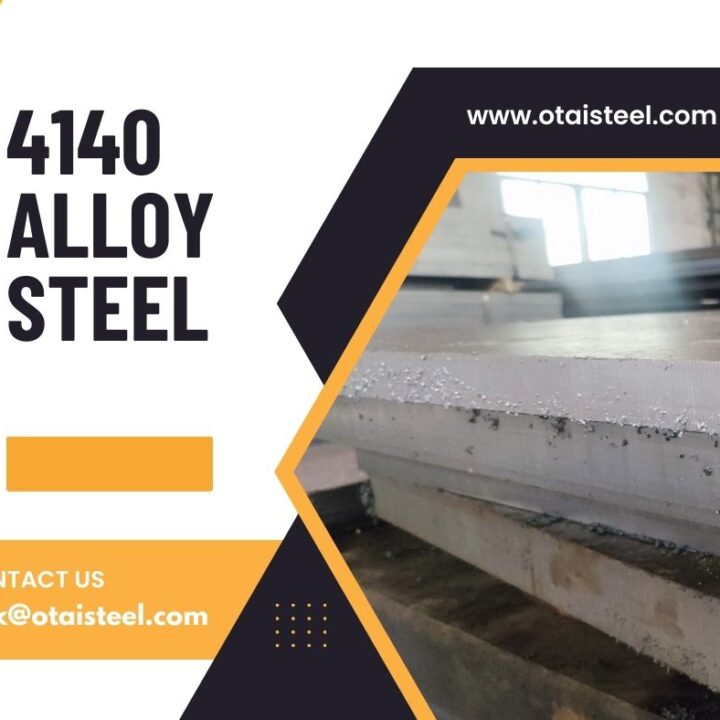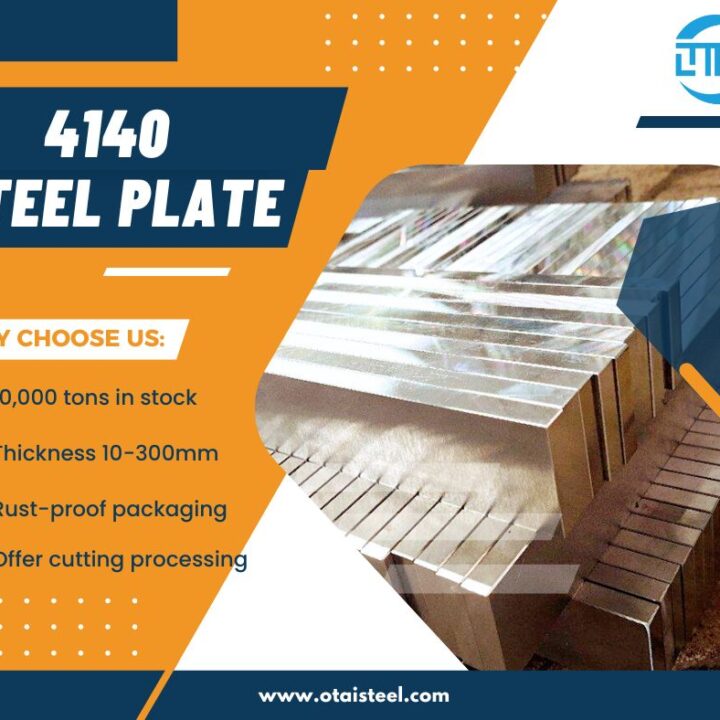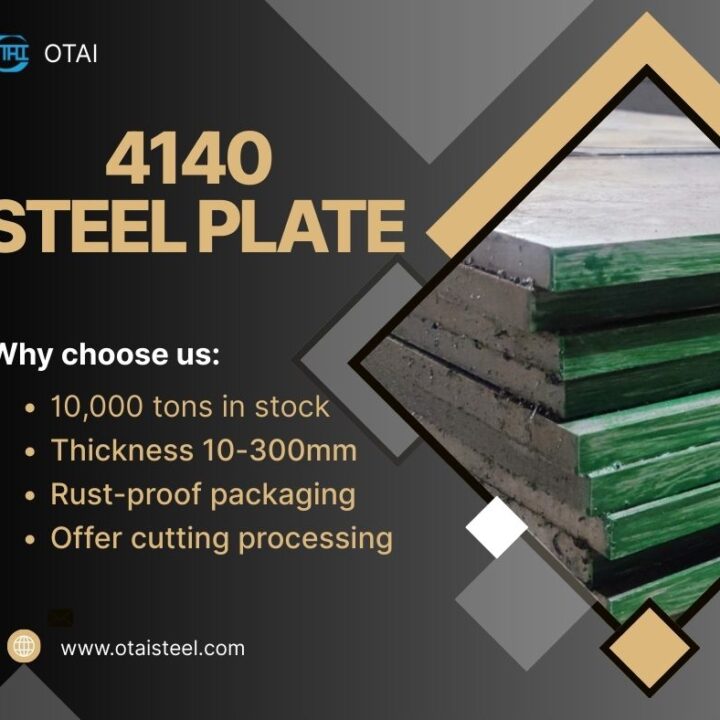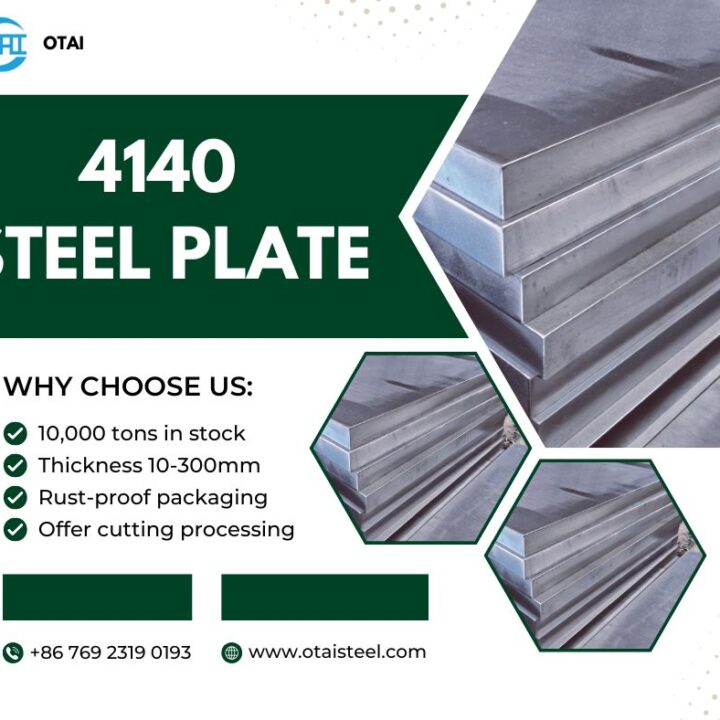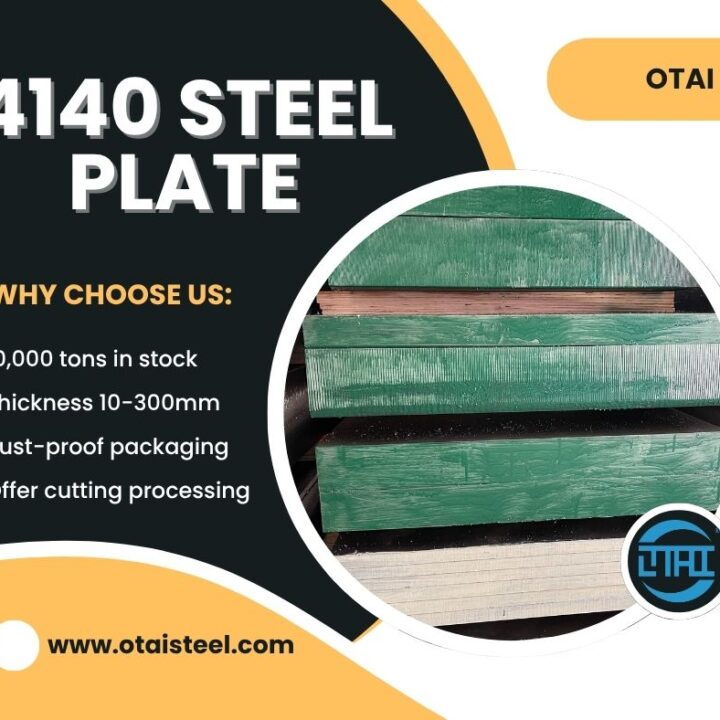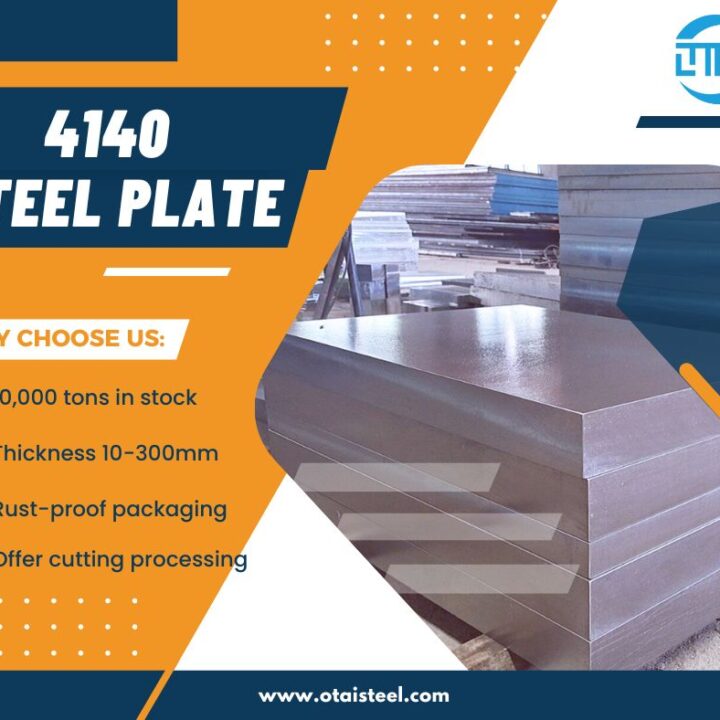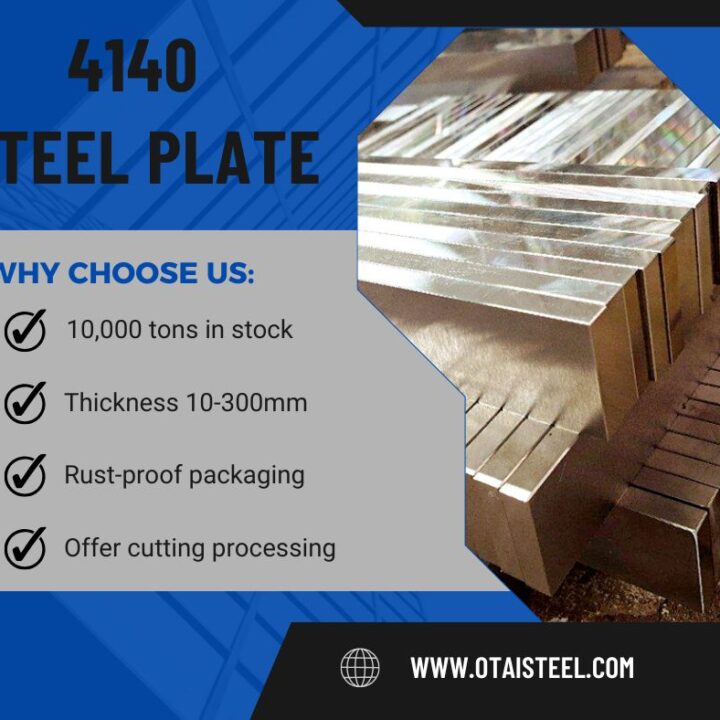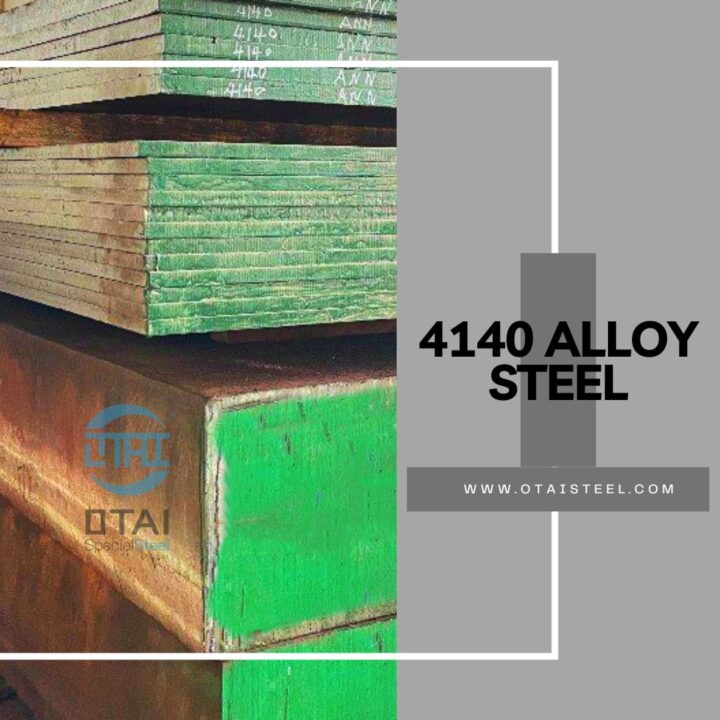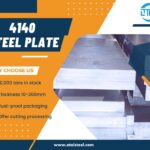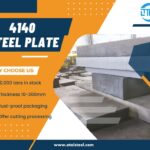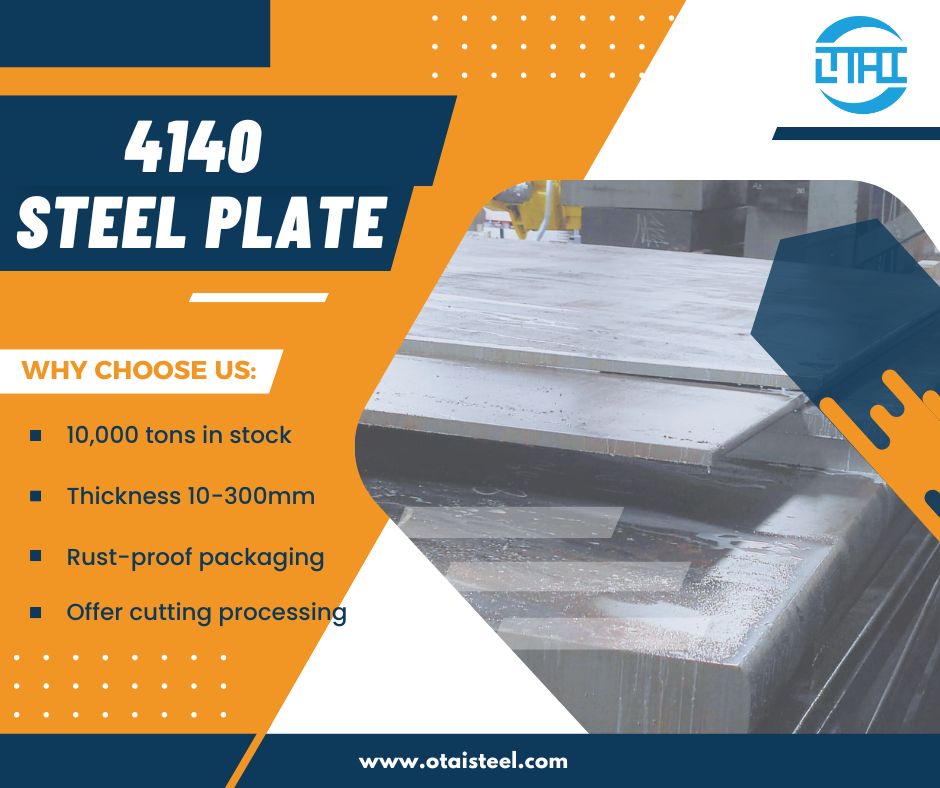 Nitriding 4140 Steel: Boosting Surface Hardness Without Distortion
Nitriding 4140 Steel: Boosting Surface Hardness Without Distortion
When you need to enhance the surface properties of 4140 steel without affecting its core strength or risking distortion, nitriding 4140 steel is your best bet. This thermochemical treatment infuses nitrogen into the surface layer, creating a hard, wear-resistant shell while preserving the steel’s internal toughness. Whether you’re manufacturing gears, shafts, or mold bases, nitriding can deliver the kind of performance boost that extends product life and reduces maintenance.
🔍 What Is Nitriding?
Nitriding is a case-hardening process for alloy steels, including 4140, that introduces nitrogen into the surface at sub-critical temperatures (typically 500–550°C). Unlike carburizing or other methods, nitriding doesn’t require quenching, which means minimal distortion — a major advantage when dimensional stability in 4140 steel components is critical.
There are three main types of nitriding processes used for 4140 steel:
-
Gas nitriding
-
Salt bath nitriding (ferritic nitrocarburizing)
-
Plasma (ion) nitriding
🧪 Nitriding 4140 Steel: Process and Parameters
The success of nitriding 4140 steel depends on process control, including temperature, time, and steel preparation. Here’s a quick look at common nitriding conditions for 4140 steel:
| Parameter | Typical Value |
|---|---|
| Nitriding Temperature | 500–550°C (932–1022°F) |
| Time | 10–80 hours depending on case depth |
| Case Depth | 0.1–0.7 mm |
| Surface Hardness | 58–65 HRC |
| Cooling | Slow cooling in inert atmosphere |
🛠️ Why Nitriding Works Well on 4140 Steel
The chromium and molybdenum in 4140 steel react positively with nitrogen, forming hard nitrides that dramatically increase surface hardness and wear resistance. This makes nitriding 4140 alloy steel components an excellent choice for high-stress or friction-intensive applications.
4140 steel’s tempering resistance also means it retains its core properties during the long nitriding cycles. This balance makes it a superior option for parts that require both a tough interior and hardened exterior.
🧩 Applications That Benefit from Nitrided 4140
You’ll often find nitrided 4140 steel parts in demanding applications where surface fatigue, friction, and wear are major concerns. Common examples include:
-
Drive shafts and crankshafts
-
Injection molds
-
Threaded fasteners and bolts
-
Hydraulic piston rods
-
Gears and pinions under cyclical loads
⚙️ Comparing Nitrided and Non-Nitrided 4140 Steel
Let’s break down how nitriding changes the material characteristics:
| Property | Non-Nitrided 4140 | Nitrided 4140 |
|---|---|---|
| Surface Hardness | ~28–32 HRC (normalized) | 58–65 HRC |
| Wear Resistance | Moderate | Excellent |
| Fatigue Strength | High | Very High |
| Distortion Risk | Moderate (after quench) | Very Low |
| Corrosion Resistance | Limited | Slightly improved |
💡 Best Practices Before Nitriding 4140 Steel
Before you send your parts off for nitriding, consider these preparation steps:
-
Pre-harden to 28–32 HRC before nitriding for optimum results.
-
Ensure parts are stress-relieved to prevent distortion.
-
Polish the surface to reduce surface roughness — this leads to more uniform case hardening.
-
Use proper fixture and orientation during the process to prevent gas entrapment or shadowing (especially for plasma nitriding).
🏆 Company Advantages – Why Choose Otai for 4140 Steel?
At Otai Special Steel, we don’t just supply 4140 steel — we deliver real performance solutions. Here’s what sets us apart:
-
📦 Massive Stock: Over 10,000 tons of alloy and tool steels available year-round.
-
🏭 Custom Processing: Cutting, milling, heat treatment, and nitriding service coordination on request.
-
🔍 Stringent Quality Control: Ultrasonic testing (UT), chemical analysis, and mechanical property inspection.
-
🌍 Export Expertise: We serve top-tier clients in over 30 countries — from Germany to Mexico to Southeast Asia.
-
⚙️ Specialty Focus: Deep experience with 4140 steel in all forms — including plates, bars, and blocks.
Need a quote for your next project? 📩 Contact us now and get expert advice tailored to your application!
📧 Contact us: jack@otaisteel.com
📱 WhatsApp: +8676923190193
❓ FAQ – Nitriding 4140 Steel
Q1: Can I nitride 4140 steel in its annealed condition?
A1: It’s not recommended. The best results are obtained when 4140 is pre-hardened to around 28–32 HRC before nitriding.
Q2: How deep can the nitrided case go in 4140 steel?
A2: Case depths typically range from 0.2 mm to 0.6 mm depending on time and method used.
Q3: Does nitriding improve corrosion resistance?
A3: Slightly — the nitrogen layer improves wear and oxidation resistance but is not a substitute for stainless properties.
Q4: Can you weld 4140 after nitriding?
A4: It’s difficult and not recommended. The nitrided layer is hard and brittle, making welding risky.
Q5: Is post-nitriding machining possible?
A5: Only very light grinding or polishing is allowed, as cutting through the hardened layer defeats the purpose of nitriding.
